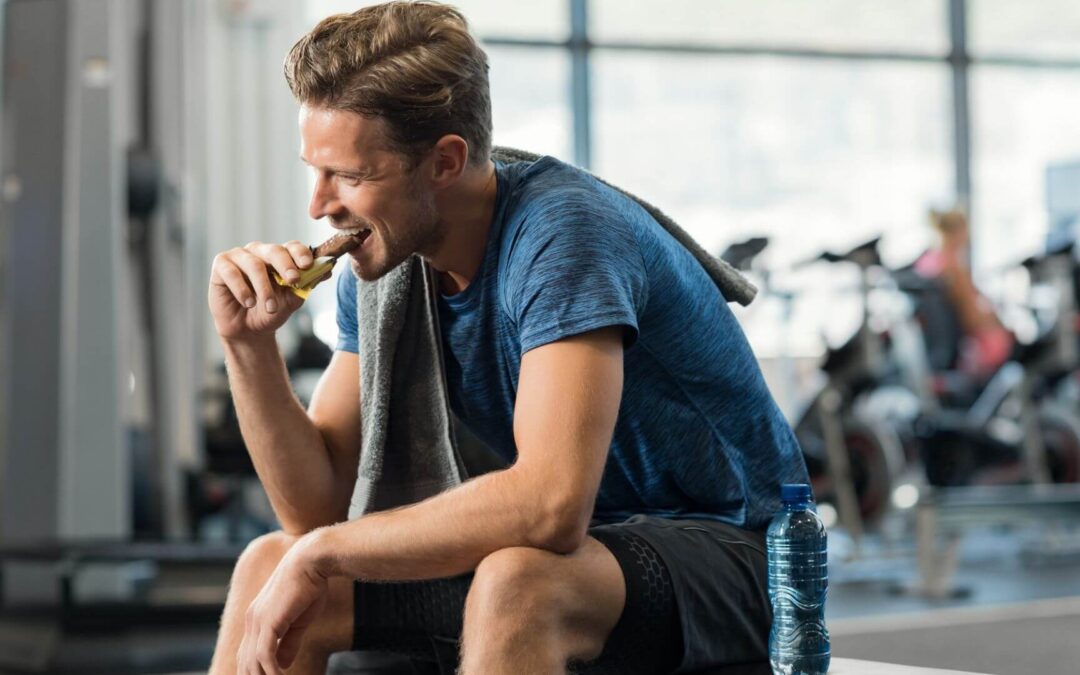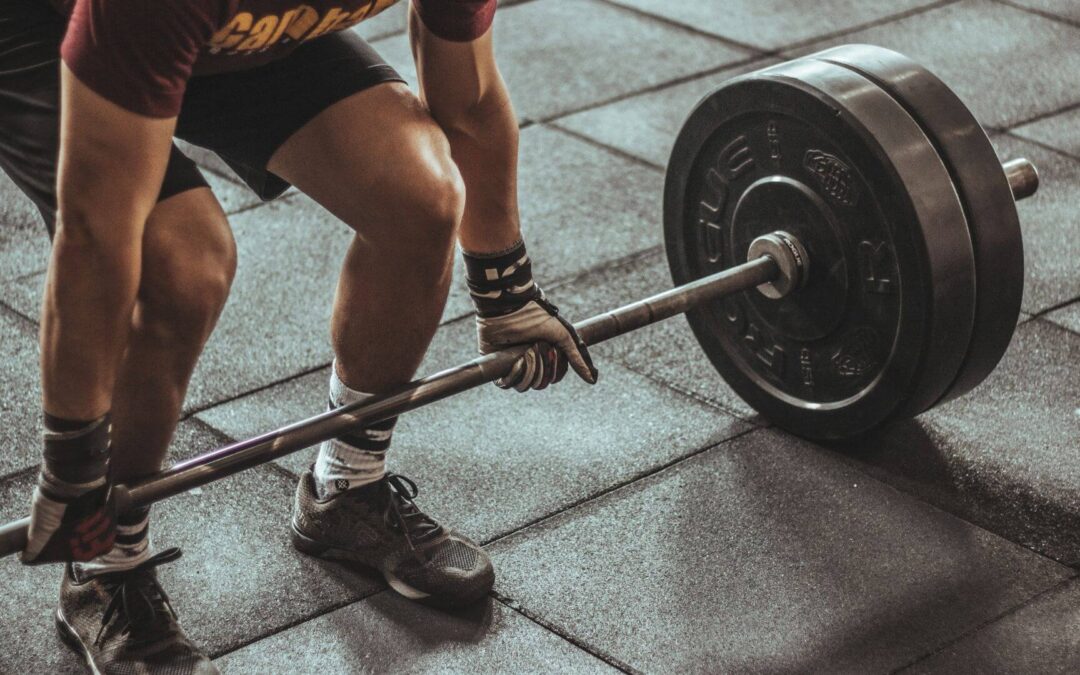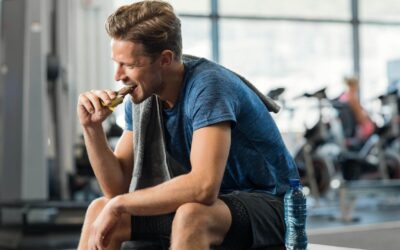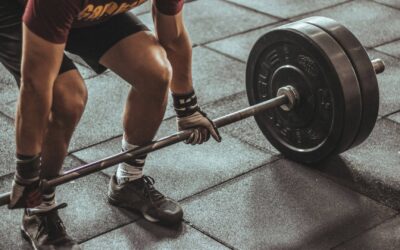In the world of men’s competitive bodybuilding, the relentless pursuit of athletic physique, muscle mass and strength often takes center stage. It is a realm where intense workouts, strict nutrition plans, and unwavering dedication are revered.
However, in the midst of this enthusiasm for muscular physique, one crucial aspect is frequently overlooked: rest and recovery.
While it may seem counterintuitive to slow down in an arena that celebrates constant balanced physique progress, understanding the importance of rest in men’s bodybuilding is paramount to achieving optimal results and keeping your body fat in check.
This article delves into why rest and recovery play a vital role in men’s bodybuilding journey, highlighting its physiological benefits and offering practical tips on how to incorporate it effectively into your individual routine.
The Role of Rest in Muscle Growth: A Key Factor for Men’s Bodybuilding
Rest is often overlooked as an essential component of muscle growth in men’s bodybuilding. While intense workouts and a proper diet are crucial, providing the body with adequate rest is equally important for optimal results.
When you engage in resistance training, small tears occur within the muscle fibers. It is during rest that these tears are repaired and new muscle tissue is built, leading to increased strength and size.
Furthermore, rest allows the body to replenish its energy stores to support future workouts effectively.
Without sufficient rest, overtraining can occur, which hinders muscle growth and puts men at risk of injury. Adequate sleep also plays a vital role in this process since it promotes hormonal balance necessary for muscle recovery. No matter your body type
The Importance of Sleep for Recovery in Men’s Bodybuilding
When it comes to men’s bodybuilding, getting enough quality sleep is paramount for optimal muscle growth and repair. During sleep, our bodies release growth hormone, which plays a key role in building and repairing muscles after intense workouts. Inadequate rest can hinder this process, leading to slower gains and increased risk of injury.
Moreover, sleep deprivation negatively impacts hormone levels that are vital for muscle development. Lack of sleep disrupts the balance between testosterone and cortisol – two hormones with opposing effects on muscle growth.
Testosterone promotes protein synthesis and muscular strength while cortisol breaks down muscle tissue. When we don’t get enough sleep, cortisol levels rise while testosterone levels decrease, resulting in decreased muscle mass and overall performance.
Active Recovery Techniques for Optimal Body Building Results
Active recovery is a crucial aspect of professional bodybuilders routine as it promotes muscle repair, reduces soreness, and enhances overall performance. If you want to take the center stage, active recovery techniques are things you want to pay attention to. Here are some effective active recovery techniques for bodybuilders:
Low-Intensity Cardio:
Engage in low-impact cardiovascular exercises such as brisk walking, cycling, or swimming. This helps increase blood flow, promotes nutrient delivery to muscles, and aids in flushing out metabolic waste products.
Foam Rolling:
Use a foam roller to perform self-myofascial release (SMR) techniques. Roll over tight or tender areas to alleviate muscle tension, break up adhesions, and improve flexibility.
Stretching and Mobility Exercises:
Incorporate static and dynamic stretching exercises to improve flexibility and joint range of motion. Focus on tight muscle groups and perform exercises such as hip flexor stretches, shoulder mobility drills, and hamstring stretches.
Active Movement and Light Exercises:
Engage in light activities that stimulate blood flow without causing excessive fatigue. Examples include gentle yoga, Pilates, or bodyweight exercises targeting different muscle groups.
Massage and Soft Tissue Work:
Consider getting regular massages or soft tissue work from a professional to alleviate muscle tightness, reduce muscle adhesions, and enhance recovery. This is a great addition to your fitness routine to make sure you’re recovering from strenuous workout sessions and keep your muscle tone in check.
Contrast Showers or Ice Baths:
Alternate between cold and hot water in the shower or take ice baths to reduce inflammation and promote muscle recovery. Start with warm water for a few minutes, then switch to cold water for 30 seconds to one minute. Repeat this cycle a few times. It’s great for your muscle fibers.
Active Rest Days:
Incorporate active rest days into your training schedule. Instead of completely avoiding physical activity, engage in light recreational activities like hiking, swimming, or playing sports. This helps promote blood flow, enhances mood, and aids in recovery without placing excessive stress on muscles. It’s also great for muscle stimulation.
Yoga or Pilates:
Participate in yoga or Pilates classes specifically designed for recovery and better muscle strength. These practices focus on gentle stretching, breathing techniques, and relaxation, promoting mind-body connection and aiding in muscle recovery.
Mobility and Stability Exercises:
Perform exercises that improve joint stability and mobility, such as mobility drills, balance exercises, and core stabilization workouts. These exercises help prevent injuries and enhance overall movement quality.
Active Recovery Workouts:
Include dedicated active recovery workouts in your training plan. These workouts typically involve low-intensity exercises, bodyweight movements, and stretching routines that focus on promoting blood flow, mobility, and flexibility.
Remember, active recovery techniques should be personalized according to your fitness level, goals, and specific needs. It’s important to listen to your body and consult with a healthcare professional or a qualified trainer to ensure these techniques are suitable for you.
Avoiding Overtraining and Burnout
Overtraining and burnout is common for men engaged in the rigorous sport of bodybuilding. With its intense workouts, strict diet plans, and relentless pursuit of muscle gains, it’s easy to push oneself too hard and succumb to physical and mental exhaustion.
To prevent overtraining, it is essential for men’s bodybuilders to prioritize rest days as part of their training regimen. By allowing the body time to recover and repair itself, muscles can grow stronger and avoid the risk of reaching a plateau.
Another key aspect is implementing periodization into one’s workout routine.
Periodization involves dividing training cycles into specific phases that alternate between high-intensity periods and lower intensity ones.
This approach ensures that you don’t consistently subject your muscles to excessive stress without adequate recovery time.
Body Building Injury Prevention Through Proper Rest and Recovery
Injury prevention should never be overlooked or underestimated when aiming for peak performance and long-term progress in this demanding sport.
When pushing the limits of your muscle strength through intense weightlifting sessions and rigorous training routines, it is important to remember that muscles need time to repair and rebuild.
Adequate rest allows the body to recover from micro-tears in muscle fibers caused by strenuous exercise.
This recovery process enables muscle strength, growth, gains, and overall improvement in performance over time. Ignoring this vital aspect can lead to overuse injuries such as tendinitis or even more severe conditions like stress fractures, which can set back your progress significantly.
Conclusion
In conclusion, prioritizing rest and recovery is essential for bodybuilding success. While many individuals may be tempted to push themselves to the limit every day in the pursuit of gains, this approach can actually hinder progress in the long run.
The body needs time to repair and rebuild after intense workouts, and without adequate rest, performance and muscle stimulation and growth can suffer.
By incorporating proper rest days into a training routine, implementing active recovery techniques, and ensuring sufficient sleep and nutrition, bodybuilders can optimize their results and prevent burnout or injury. So remember, don’t overlook the importance of rest and recovery – it’s a crucial component of achieving your athletic physique and bodybuilding goals.






0 Comments